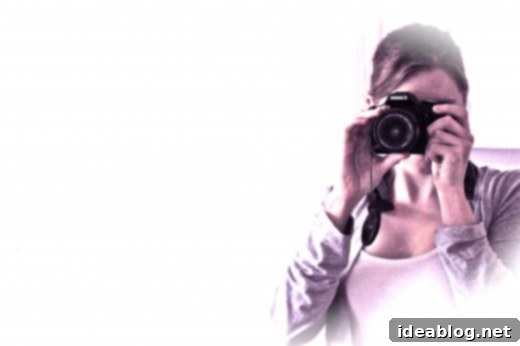Mastering Your Shots: Essential Photography Resources and Free Photo Editing Software for Every Enthusiast
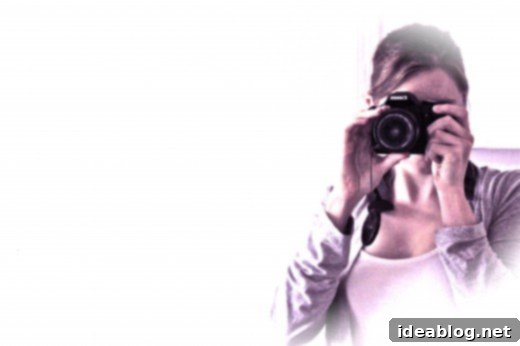
(The photo above was edited with the free photo editing software, iPhoto, demonstrating basic enhancements.)
As a passionate blogger and keen observer of the everyday, I’ve always cherished the power of a good photograph. For a long time, the majority of the images you’ve seen gracing this blog were completely unedited. My approach was simple: capture the moment as authentically as possible. Occasionally, I’d dip my toes into basic photo editing using readily available tools like Picasa or iPhoto. These minor adjustments might involve a slight sharpening to bring out detail, a boost in vibrancy to make colors pop, or adding a few creative touches, much like in some of the examples you might have seen here and here. But for the most part, my philosophy was “what you see is what you get” — a raw, unfiltered glimpse into my world.
However, my perspective on photo editing began to shift dramatically after a significant upgrade to my gear: a brand-new DSLR camera. This purchase, while exciting for its photographic capabilities, inadvertently triggered what I now affectionately call the “photo editing software bug.” It’s a common affliction among photographers, especially those transitioning from point-and-shoot cameras or smartphone photography to more professional equipment. The sheer potential unlocked by a DSLR, coupled with the desire to truly make images sing, makes advanced editing software feel less like a luxury and more like a necessity. It’s an exciting, albeit sometimes overwhelming, step into the world of professional-grade image enhancement.
Indeed, it’s a compelling “disease” that many aspiring and seasoned photographers can relate to. The symptoms are unmistakable: a recurring urge to visit Adobe’s website, hoping against hope that prices for their industry-standard software have miraculously dropped overnight. This is often followed by intricate rationalizations of how one could possibly afford such an investment, and perhaps a fleeting, desperate Google search for “free Photoshop downloads” online. For the record, and to save you precious time, legitimate free versions of professional Adobe products are virtually non-existent. It’s a road best avoided for the sake of legality, security, and the peace of mind that comes with using authentic software. Trust me, I’ve been down that rabbit hole, and it yields no fruit.
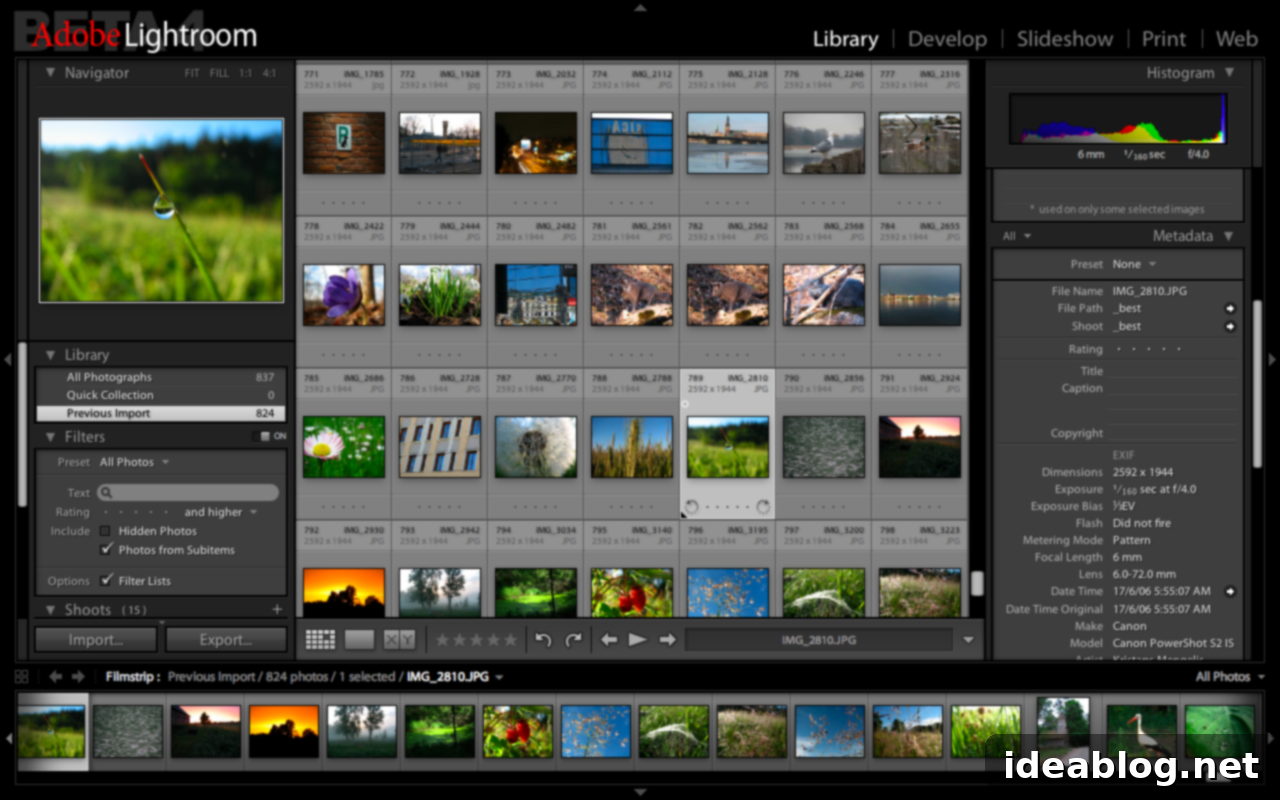
Committed to remaining a legal-abiding citizen and not succumbing to illicit downloads, I decided on a much more sensible and ethical path: I downloaded a free 30-day trial of Adobe Lightroom. For those unfamiliar, Lightroom is a powerful tool from Adobe, similar in some aspects to Photoshop but with key differences that make it a favorite among photographers for its robust organizational and editing capabilities. Lightroom excels in workflow management for large volumes of photos and non-destructive editing, making it ideal for photographers. You can delve deeper into the distinctions between Photoshop and Lightroom here. If you’re contemplating investing in one of these pricier, professional-grade programs, utilizing their free trials is an absolutely brilliant strategy. It allows you to thoroughly test their features, understand their workflow, and gauge whether such an investment truly aligns with your photographic needs and aspirations before committing your hard-earned money. A crucial point to remember is that most of these advanced programs unlock their full potential and offer maximum image quality when you shoot your photographs in RAW format. Unlike JPEGs, RAW files contain uncompressed, unprocessed data directly from your camera’s sensor, providing a far greater dynamic range and flexibility for post-processing, giving you unparalleled control over the final image.
My experience with the Lightroom trial was, to say the least, incredibly impressive. It completely transformed my understanding of what’s possible in post-processing. The level of control and precision it offered over every aspect of an image was eye-opening. To illustrate this profound impact, I want to share a dramatic before-and-after comparison using a rather mediocre photograph I took during a recent trip to Montana. This example truly showcases the power of a dedicated photo editing suite and how it can elevate an ordinary shot to something extraordinary.
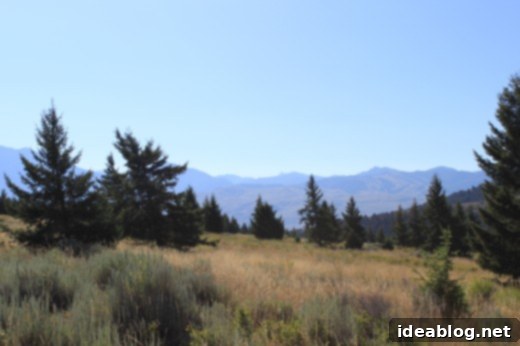 (An overall mediocre, unedited JPEG photograph from my recent trip to Montana. Notice the flat lighting, muted colors, and lack of depth.)
(An overall mediocre, unedited JPEG photograph from my recent trip to Montana. Notice the flat lighting, muted colors, and lack of depth.)
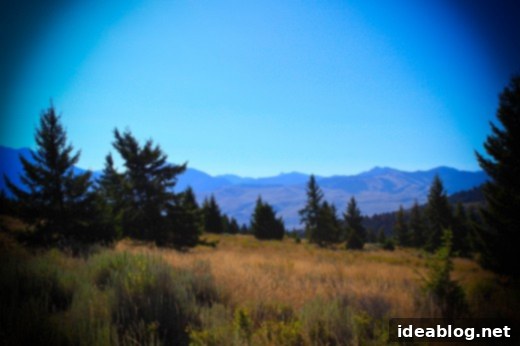
(Identical JPEG photograph, meticulously edited using the Adobe Lightroom 3 trial. Click for full effect and observe the remarkable transformation in color, contrast, and visual impact!)
Witnessing this transformation, I was utterly blown away by the stark difference between these two identical photographs. It’s a testament to the fact that even a seemingly unremarkable image can be brought to life with the right tools and a bit of creative vision. The original photo, a standard JPEG, lacked vibrancy and depth, failing to convey the actual beauty of the scene. The edited photo now possesses a distinct focal point, artfully enhanced by darkening the edges (a technique known as vignetting) which draws the viewer’s eye towards the subject. The colors are incredibly more vibrant, truly representative of the rich hues and subtle shadows I experienced with my own eyes in Montana. Specific adjustments to exposure, contrast, highlights, and shadows revitalized the image, while color correction brought out the natural warmth and saturation. The overall beauty and depth are dramatically improved, making it a far more engaging and professional-looking image that truly reflects the memory.
This experience solidified my desire to invest in Lightroom. I immediately began noting down and brainstorming ways to save up the pennies required to purchase this program. While it normally carries a significant price tag of $299, I discovered a fantastic advantage for students: a much more accessible price of $99. This makes it a considerably more feasible investment for those in academia, highlighting the importance of exploring all available discount options before making a major purchase in photo editing software.
Enough of my personal photographic journey and software obsessions! The true essence of this post, and what I’ve been meaning to share for quite some time, is a curated collection of invaluable photography resources. I personally love discovering such lists on other blogs, and I believe it’s incredibly fun and useful to compile one for you. As I ventured deeper into the world of photography, I quickly realized that learning is an ongoing process, and having reliable resources is paramount. These are the websites, guides, and tools (complete with direct links!) that I have frequently visited, consulted, and utilized since I first purchased my DSLR camera and embarked on my serious dabbling in photography. My hope is that these resources prove as helpful and inspiring to you as they continue to be for me on my ongoing photographic adventure, whether you’re a beginner learning camera settings or an experienced enthusiast seeking fresh inspiration!
(Another example photo, this one effectively edited using the free Mac software iPhoto, proving that even basic tools can achieve great results with a good eye.)
FREE Photo Editing Software: Powerful & Accessible Tools for Everyone
Starting with photo editing doesn’t require a hefty investment. There are several excellent free options that provide robust features for basic to intermediate image manipulation. These are perfect for beginners or those on a budget who want to explore the world of post-processing without financial commitment:
- Picasa 3 (for Mac and PC, though discontinued by Google, still widely used by many): While Google has discontinued Picasa, it remains a fantastic tool for organizing and making quick, intuitive edits. It’s great for batch editing, creating collages, applying simple color corrections, and tagging photos. Its user-friendly interface makes it an excellent starting point.
- iPhoto (Version Available on Macs, now largely superseded by Apple Photos): Integrated seamlessly with the Apple ecosystem, iPhoto (now largely replaced by Apple Photos on newer macOS versions) offers user-friendly tools for basic photo enhancements, album creation, and sharing. It’s ideal for Mac users wanting simple, effective editing and robust library management.
- GIMP (GNU Image Manipulation Program): Often hailed as the free and open-source alternative to Photoshop, GIMP is incredibly powerful and versatile. It boasts a wide range of features for retouching, image composition, and image authoring. I’ve personally used it to create my blog header and regularly rely on it for scaling, cropping, and more complex manipulations. It has a steeper learning curve than simpler editors but offers a vast array of advanced features for those willing to invest time in learning.
- Microsoft Live Photo Gallery (Windows): For Windows users, this software offers a solid set of features for organizing, editing, and sharing your photos. It includes tools for exposure correction, red-eye removal, noise reduction, and applying various artistic effects, making it a great all-around free choice for photo management and enhancement.
Photography Tips & Tricks: Elevate Your Skills with Expert Guidance
Beyond the software, understanding the fundamentals of photography and learning from experienced professionals is crucial. These resources cover everything from basic camera settings to advanced compositional techniques, helping you capture stunning images consistently. Mastering these concepts will transform your photography, regardless of your equipment:
- David Lebovitz: A renowned food blogger and pastry chef, David offers excellent insights into food photography equipment, practical tips, and invaluable advice for capturing delicious-looking dishes. His practical, no-nonsense approach is highly recommended for anyone photographing food.
- Food & Wine: Their “9 Basic Tips for Food Photography” article is a fantastic starting point for anyone looking to improve their culinary shots. It covers essential techniques like lighting, composition, and styling in a concise, easy-to-digest format, perfect for quick learning.
- White on Rice Couple: This blog provides incredibly helpful and easy-to-understand explanations on core photographic concepts such as exposure (how bright or dark your image is), shutter speed (how long your camera’s shutter stays open, affecting motion blur), aperture (the size of the lens opening, controlling depth of field and bokeh), ISO (your camera’s sensitivity to light, impacting grain), and white balance (WB) (ensuring accurate colors regardless of light source). A must-read for beginners looking to master manual settings!
- Smitten Kitchen: Offers a wonderful overview of food photography tips from self-taught photographers. Their relatable approach demonstrates that professional-looking results are achievable even without formal training, emphasizing practical, home-based techniques.
- Vegan Yum Yum (specifically their food photography section): For serious food photography enthusiasts, this resource dives deep into techniques, lighting, and styling to create visually arresting vegan dishes. It’s a treasure trove for advanced learners interested in specific food styling challenges.
- 101 Cookbooks: While not an in-depth tutorial, it provides a very good overview of Heidi Swanson’s personal techniques and minimalist approach to capturing her beautiful, healthy recipes. It’s great for understanding a specific artist’s workflow and aesthetic.
- Wright Food (Matt Bites): Offers an incredibly in-depth overview of virtually everything you need to know about food photography. From equipment choices to styling, composition, and post-processing, it’s a comprehensive guide that leaves no stone unturned.
- Lara Ferroni: Her blog is partially dedicated to still life photography, often featuring food. It’s a fantastic source for understanding composition, natural lighting, and creating evocative, artful images that tell a story.
- Pioneer Woman: Renowned for her approachable style, the Pioneer Woman shares general photography tips suitable for a wide audience, alongside useful Photoshop action downloads to speed up your editing workflow. Her tutorials are incredibly engaging and easy to follow.
- Learn Food Photography: This site is a goldmine for understanding common photographic problems and solutions. Are the colors off in your photographs? This post, for instance, specifically addresses issues with color accuracy and how to fix them through white balance and color correction techniques.
- Your camera manual: Often overlooked, your camera’s manual is the ultimate guide to its specific features and functions. Don’t underestimate its value; it’s a personalized tutorial for your exact equipment! Alternatively, if you prefer visual learning, consider checking out instructional DVDs that walk you through camera usage and photographic concepts in a digestible format.
More Visual Inspiration: Fueling Your Creativity
Sometimes, the best way to improve your photography is to simply immerse yourself in beautiful imagery. These blogs and platforms are consistently inspiring, offering a visual feast that can spark new ideas, refine your aesthetic, and help you develop your own unique photographic eye and style:
- Roost Blog: Known for its ethereal and often rustic aesthetic, Roost Blog is a masterclass in natural light photography and thoughtful styling, particularly in the food and lifestyle genres. Their images convey a calming, inviting mood.
- Cannelle et Vanille: Aran Goyoaga’s work is simply stunning. Her photography is characterized by soft, delicate light, exquisite composition, and a unique, artistic sensibility that often evokes a dreamy atmosphere. Essential viewing for food photographers aiming for elegance.
- Kiss My Spatula: This blog offers vibrant, energetic photography that often plays with dramatic shadows and bold colors. It’s a great example of dynamic food imagery that pushes creative boundaries and feels fresh and modern.
- Orangette: While often text-heavy, Molly Wizenberg’s blog features beautifully composed and styled food photography that evokes a sense of comfort, authenticity, and understated elegance. Her images are always thoughtfully arranged.
- Fresh365Online: Showcases fresh, bright, and clean photography, often with a meticulous focus on seasonal ingredients and healthy eating. It’s excellent for learning how to highlight natural beauty and crisp details in your food shots.
- Matt Bites: Matt Armendariz is a professional food photographer whose blog is filled with breathtaking imagery and insightful behind-the-scenes glimpses into his process. A true master to learn from for sophisticated and impactful food photography.
- Sprouted Kitchen: Known for its warm, inviting, and often earthy tones, Sprouted Kitchen’s photography is a consistent source of inspiration for creating natural and appealing food shots that feel wholesome and delicious.
- Use Real Butter: While more rustic and candid in its aesthetic, this blog offers a charming and honest approach to food photography, often in natural outdoor settings. It celebrates the simplicity and joy of cooking and eating.
- La Tartine Gourmande: Beatrice Peltre’s work is characterized by a dreamlike quality, soft focus, and incredible attention to detail. Her photography is pure art, showcasing exquisite styling and a massive source of creative ideas for aspirational food photographers.
- TasteSpotting or FoodGawker: These are fantastic visual communities where you can discover endless inspiration, categorized by dish and style. Even better, you can submit your own photographs for critique and exposure – a great way to grow, get feedback, and connect with other food photographers and enthusiasts!
This comprehensive list, while extensive, merely scratches the surface of the incredible photography resources available online. The world of digital photography is constantly evolving, with new techniques and tools emerging regularly. Even if you’re not personally immersed in the world of photography, I’m confident you’ll still find immense enjoyment in browsing through these visually stunning websites, appreciating the artistry and creativity on display. Just be forewarned: I apologize in advance for the significant amount of time you might “lose” as you delve into the captivating worlds presented by these talented artists and educators!
Perhaps some of you are seasoned photographers who have already explored each and every one of these websites and links. In that case, I genuinely hope this post serves as a fun and convenient way to find an organized, curated list of some of your favorite go-to websites and invaluable resources, all in one easy-to-access place. It’s always helpful to have a central hub for inspiration and learning. For future reference, I’ll be posting the link to this article on my dedicated Photography page, ensuring it’s always accessible for anyone seeking to enhance their visual storytelling. And who knows, at some point, I might even be confident enough to add my own trial-and-error tips and insights from my ongoing photographic journey, building on the knowledge I’ve gained!
Alright, enough of my musings and recommendations for now. It’s your turn to engage!
Pssst… I have absolutely no clue if this post sounded as appealing in my head as I wrote it (it often happens that way!), whether it was genuinely helpful, or if it was at least somewhat interesting to read. So, I would absolutely love to know which side of the fence you’re on. Your honest feedback is invaluable for shaping future content and helping me understand what resonates most with my readers. And don’t worry, you certainly won’t hurt my feelings; constructive criticism and engagement are always welcome here! Thank you for reading and for being a part of this community!
